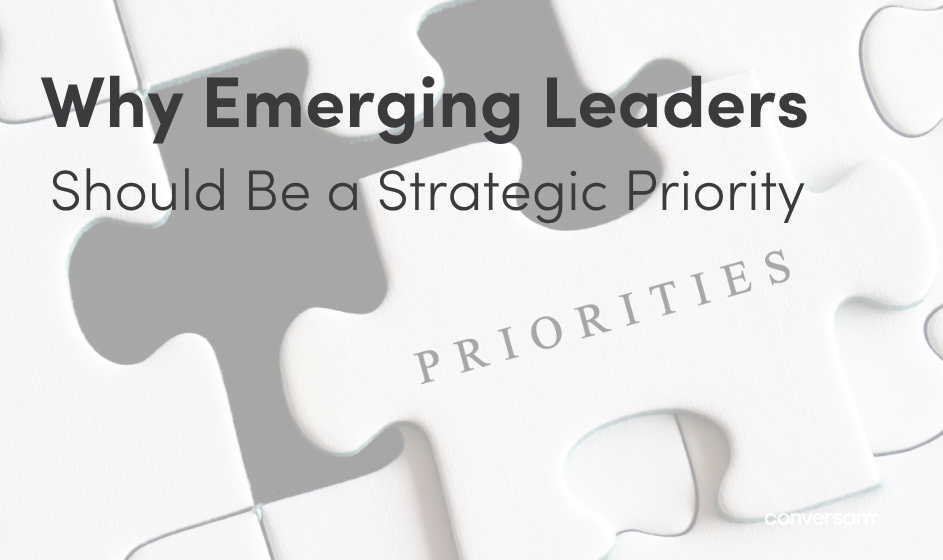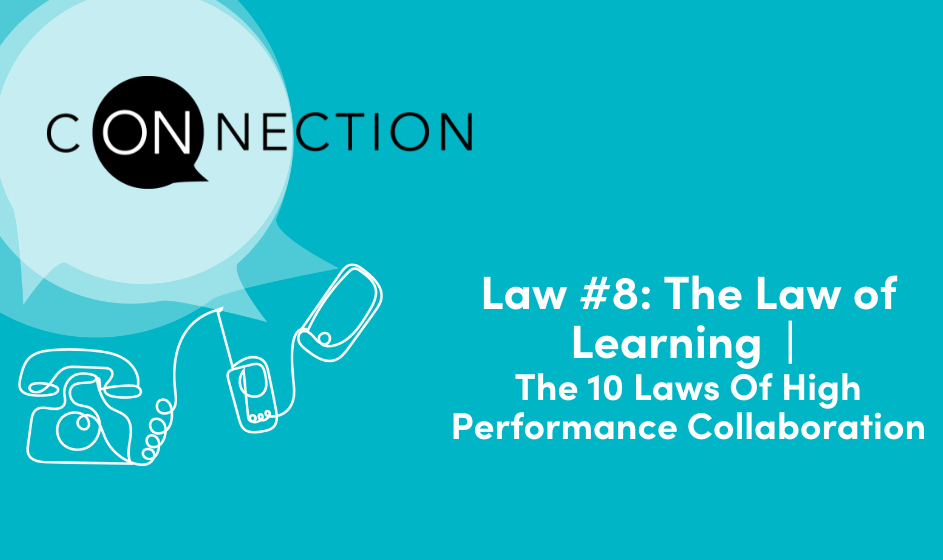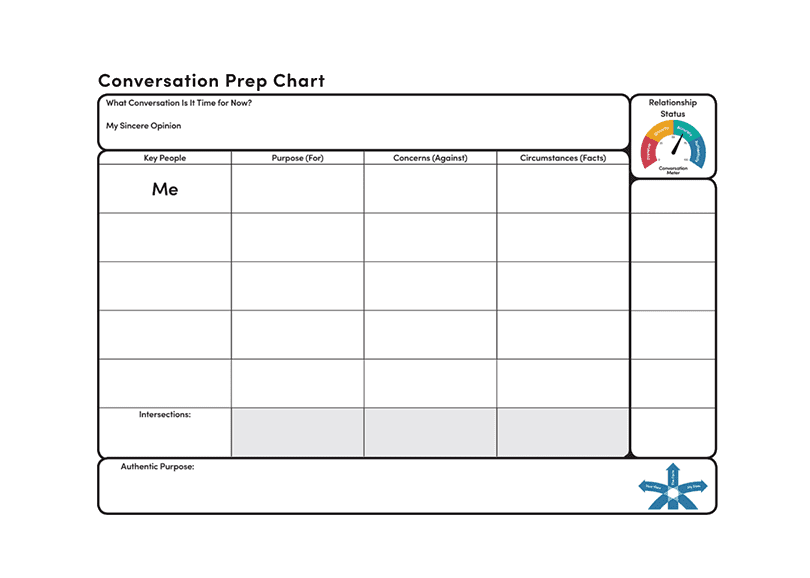Being present and aware in our day-to-day life makes us generally less susceptible to accidents. This is true in all areas of our lives. If we notice a banana peel, we can choose to avoid it. We can also choose to pick it up so others won’t encounter it. Presence and awareness are habits that can be practiced in any setting.
I work and consult with many companies and organizations that have Safety as a core value or a core aspect of their measures of success. As a ski instructor and trainer, there are countless safety hazards that need to be accounted for and related with in a way that keeps students and instructors safe. While we are skiing it usually isn’t that difficult to bring these obstacles (trees, snowmobiles, other skiers, uneven terrain, lift towers, etc.), and situations (low visibility, hard snow, fatigue, etc.) to mind for myself and for others. Once we become aware of these factors, those who value their safety will likely take heed. Being present to these factors is facilitated by our understanding and attention. When we are reactive or feel under threat (physically or socially) our capacity to be present is hampered and our chance for accidents increases.
To continue the skiing analogy, presence can be practiced both on and off the slopes. Early in my ski career a trainer taught me about the rule of three. Essentially, if on your way to work, you have three “non-present incidents”, he suggested taking the day off. If I get to my car and notice that I forgot my wallet, that’s one. If as I am driving, I almost run into the car in front of me, that’s two. And, if I slip in the parking lot and barely keep from falling on the ground, that’s three. These are three incidents where being more present would have helped me avoid those problems or near accidents. These three incidents in quick succession indicate that the person is not very present and is at a higher than average risk of a safety incident. Doing something different to become more aware (e.g. pausing and grounding myself with a few breaths) or changing plans (e.g. taking the day off) would be smart if we really want to value safety
I am raising this topic as many of the companies I work with are trying to create a stronger culture of safety, where care for the health of everyone at work is very important. One of the biggest areas of opportunity for these companies is practicing presence in all that they do in all of their settings, even those that have significantly fewer safety hazards. If I am on a Zoom call and I am overly demanding of the others on that call, I have likely sent a shock wave causing them to become more reactive, or possibly hesitant to contribute freely. In the face of threat we fight, flee or freeze (even in very subtle ways). The participants on this call may now take that residual energy to their next interactions. These areas of individual reactivity eventually make it to areas “in the field” where more hazards exist. If my ski manager is pushy when giving an assignment, I am likely to carry that into my lesson with a student.
The integrity of holding to our values in all situations is what I am stressing here. Consistently practicing in all settings is noticed by others and therefore more likely to have the positive ripple effect we hope to have. As leaders, what kind of culture are we claiming we want, and how does our behavior map out the way for it to show up “in the field”. Because all humans are reactive, it’s easy to say that we have not met the person with whose actions are perfectly consistent with their values. What we can do though is develop our integrity by practicing consciously. In this case, bringing to mind the value of safety, keep an eye out for reactivity, even the slightest hints of fight or flee (in conversation it often shows up as fight, flee, freeze or appease.) When we notice reactivity, relax and ask: How can I be or what can I do to be more purposeful right now?
I’ll leave you with a personal example:
Recently I have been leading a project with a lot of transition in personnel and a lot of requests from our client. I was making a lot of quick decisions in an effort to show the client we could meet their needs. However, that quickness caused me to get sloppy and miscommunicate with the program staff and the client. I became aware of this when people on my team started asking a lot of unusual questions about who was responsible for what. I paused, and realized I was running too fast, worrying about disappointing the client instead of being more present with the tasks at hand, in the end increasing the likelihood of disappointing. Once I noticed this, I was able to slow down, regroup, and connect with the client and staff to get clear on where we were heading. We also had a conversation about how to best field client requests in a way that would increase collaborative, calm and present decision making.
I invite us all to pause on at least a daily basis, perhaps even now, declare the values we are standing for, commit to being present and making our actions as consistent with our values as possible.



